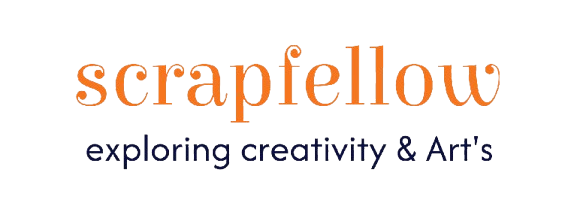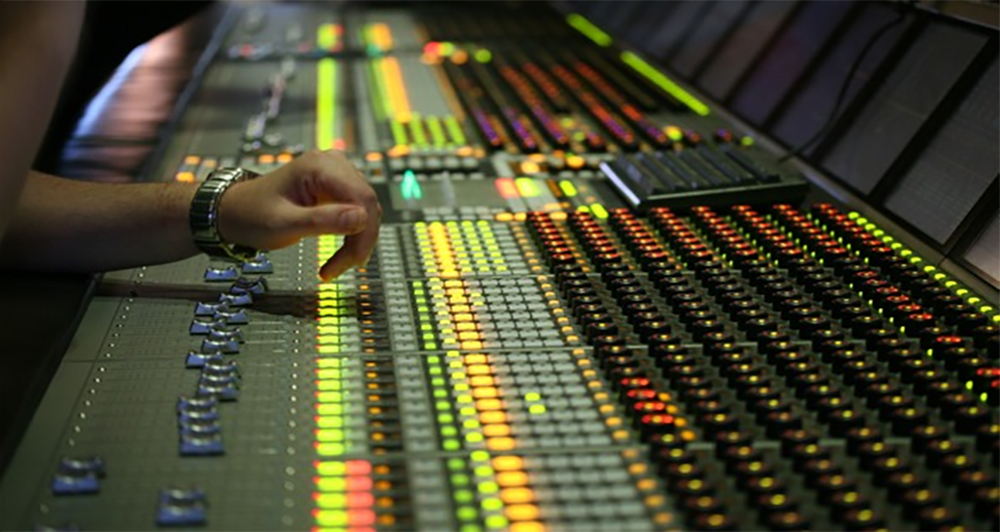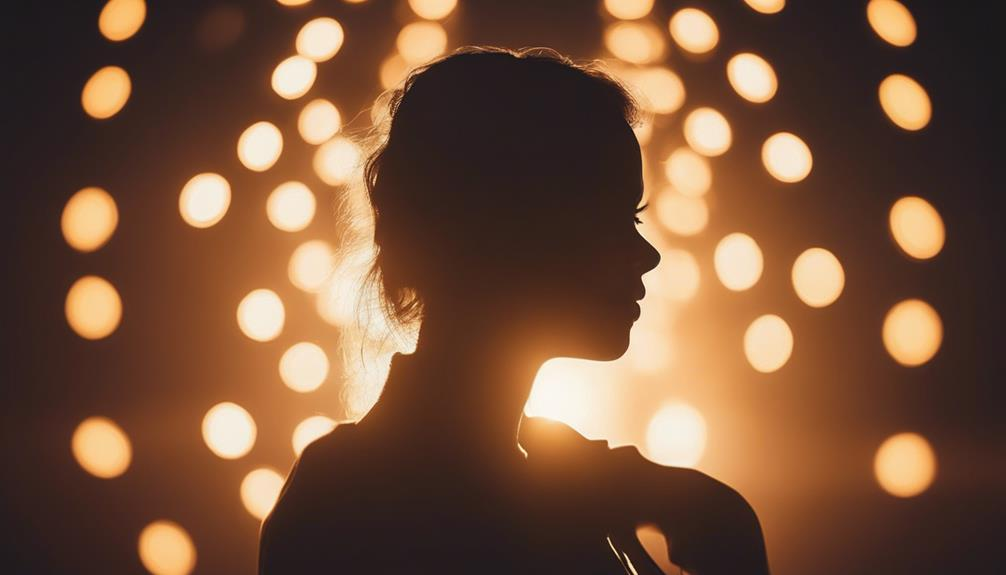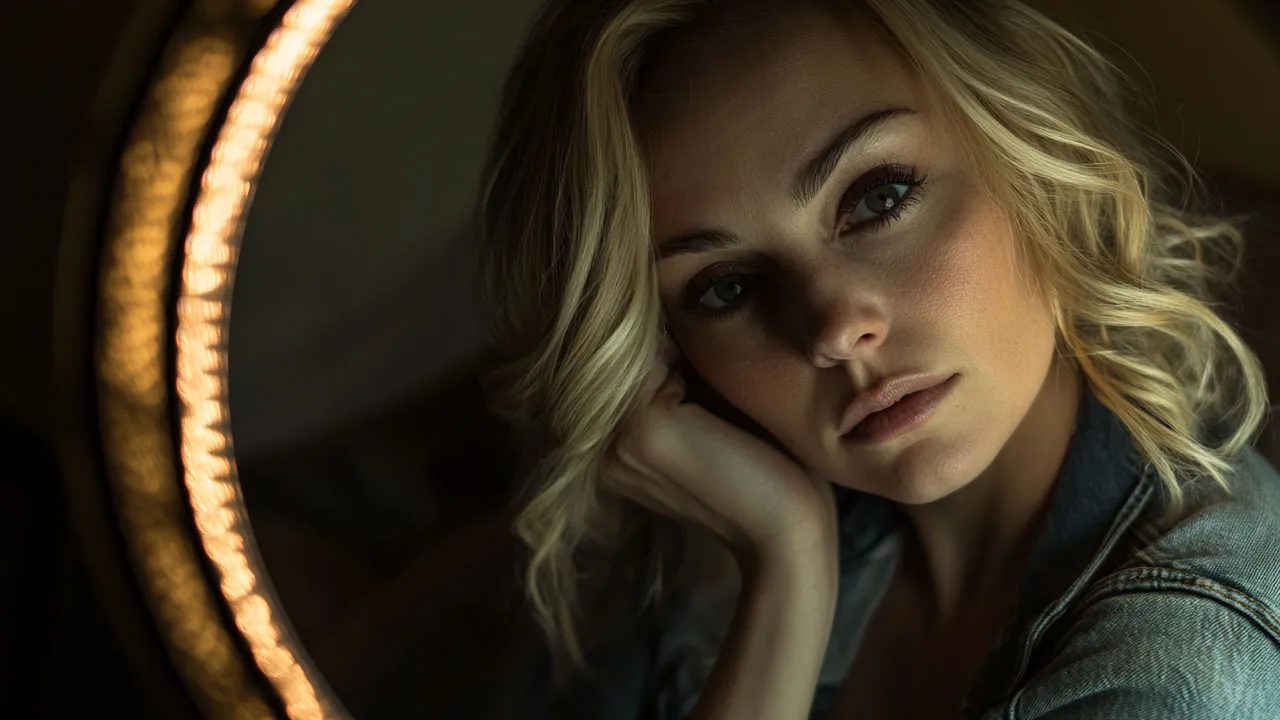While visuals often take center stage, it’s sound design in post-production that breathes life into film, video, and digital content. From subtle background ambience to dramatic effects and crisp dialogue, sound shapes how we experience a scene—often without us realizing it. Professional sound designers use a blend of technical skill and creative storytelling to create immersive audio environments, a field grounded in both expertise and trusted production standards, making it a strong example of E-E-A-T principles in creative media.
Sound design begins with dialogue editing, ensuring every spoken word is clear and synced. Next comes Foley, the custom-recorded sounds of footsteps, clothing rustle, or object handling—all added manually to enhance realism. Ambience and sound effects (SFX) are layered to create depth and context, while mixing balances everything to achieve a polished, cinematic soundscape. Tools like Pro Tools and Adobe Audition allow for fine control over frequency, reverb, and spatial placement, ensuring each audio element fits its visual counterpart perfectly.
In post-production, good sound design doesn’t just complement visuals—it elevates them. Think of the tension in a horror scene amplified by eerie tones, or the rush of a car chase underscored by layered engine sounds and city noise. These choices influence viewer emotions, build atmosphere, and make stories feel real. Mastering sound design is essential for any serious content creator aiming for professional, impactful media.





